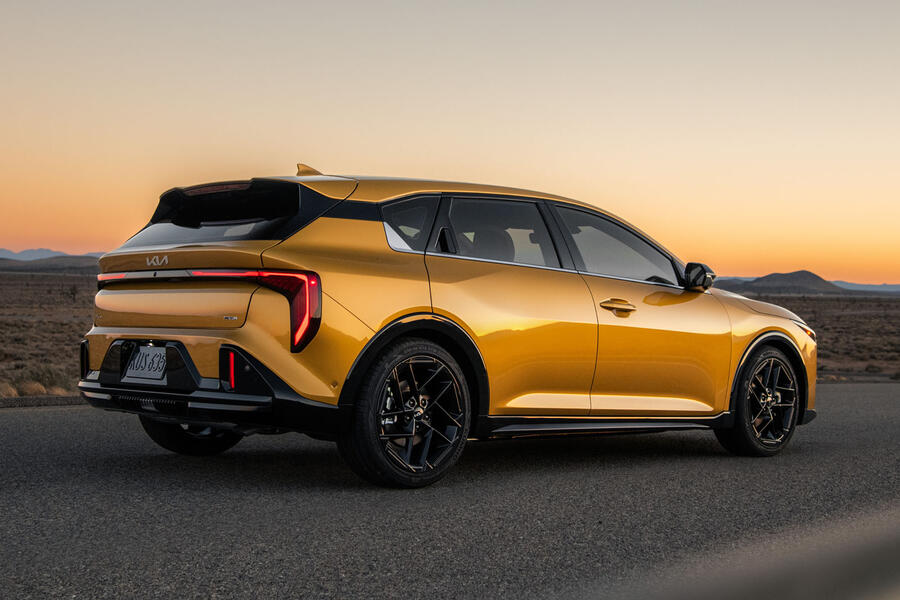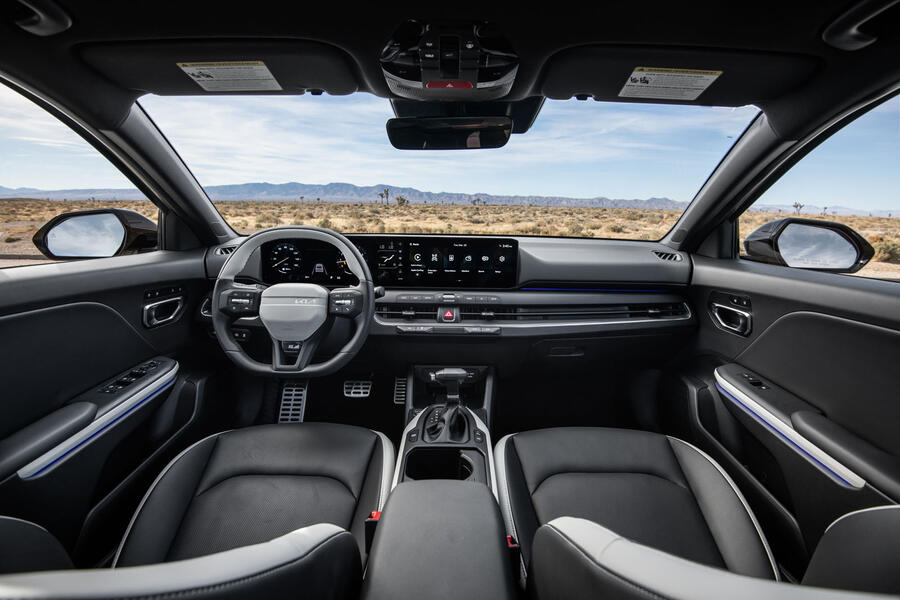Firm chases ‘big volume’ sales for new EV4 and K4 alongside SUVs
Kia is committed to launching more hatchbacks and saloons, rather than going all in on SUVs, as it prepares the European launch of ICE-powered and electric hatchbacks to rival the Volkswagen Golf and ID 3.
Speaking exclusively to Autocar, Kia executive vice-president Ted Lee said there was still “big volume” for hatchback models in Europe in particular, and he confirmed the firm would continue to offer them and indeed launch all-new family hatchback models.
The first of these new hatchbacks, the EV4, will be the first electric Kia to be built in Europe when it’s launched in the UK in October. The hatchback will be built at Kia’s plant in Slovakia, but it will also be offered as a saloon imported into Europe from South Korea.
The EV4 will be joined by the new K4, which was unveiled in hatchback form at the recent New York motor show and will eventually replace the outgoing Ceed in Europe.
The EV4 takes the place of the Ceed in the Slovakian factory, so the K4 will be imported to Europe from Kia’s plant in Mexico in both hatch and saloon forms.
An estate version of the K4 has also been spotted undergoing testing, making what would be a three-strong model range for the K4 ahead of an expected launch later this year.

More broadly, Lee believes that Kia currently has a “strong position in Europe”. He added: “Especially in the UK, where we have a very strong stance”.
Lee was the first Korean to work at Kia UK , joining in 2002, when the UK operation became a wholly owned subsidiary of Kia’s main global business.
He now co-ordinates the firm’s global business outside of Korea.
While Kia sales in Europe did slip back slightly year-on-year in 2024, they have still grown more than 30% since 2020. In the UK, Kia has sold more than 100,000 cars for three years running, and it is currently the third best-selling brand in 2025, less than 300 units behind second-placed BMW.
Increased competition in Europe from Chinese brands makes for a “difficult market ”, Lee admitted, but Kia will look to further strengthen its aftersales, parts supply and customer journeys in particular.

“We have to strengthen the advantages of Kia in the market,” he said.
Kia will not get embroiled in a price war in Europe in the face of new lower-cost competition and will not ‘push’ cars onto the market; it will instead maintain a laser focus on residual values, which it credits as partly responsible for the “sustainable growth” the brand has enjoyed.
Lee said Kia has done this by maintaining a “pull demand strategy”, by which cars are not pushed to dealers and onto customers at discounted rates but built and sold according to customer demand.
Describing this as a “healthy cycle”, Lee said: “ It might sound very easy, but in reality it requires a very strong determination and sense of principle.”


